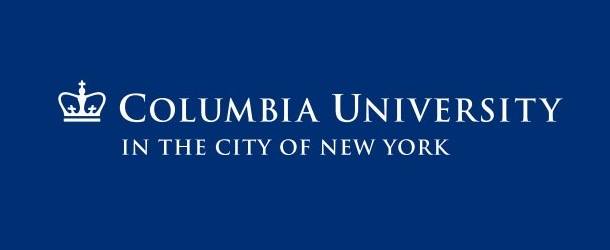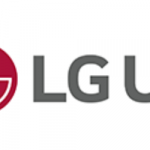Columbia’s new course offers hands-on training in quantum computing

(Columbia.edu) Piloted last summer, Quantum Simulation and Computing Lab (PHYS UN3084) has officially been added to Columbia’s curriculum. IQT-News summarizes author Ellen Neff’s article about the course.
The first full session started this semester.
The course gives upper-level undergraduate students the opportunity to learn the ins and outs of quantum computing and experiment with quantum devices.
The first half of the class focuses on the theoretical foundations of quantum computing, a subject that’s still evolving. Lectures are based on recent research papers introducing the basics of quantum mechanics, how to write quantum algorithms, and the latest hardware. There’s no textbook, and there aren’t always answers, said teaching assistant (TA) Joseph Lee, a PhD student working with Ana Asenjo-Garcia. “Often, we’re learning right alongside the students,” he said.
Problem sets help students put concepts into practice and weekly tutoring sessions are available with Lam, Lee, and past graduates of the pilot course, Shuhan Zhang and Arjun Kudinoor. The TAs help students work through theoretical questions and write their own algorithms that can be implemented on quantum devices.
“This is all about lowering the barrier to entry,” said Will. “We don’t want students to be put off by the complexity of quantum computing.
The second half of the term is project-based. “You get to explore the topics covered in the lectures, which reflect real research, and then try to go beyond them,” said Kudinoor. “That was my favorite part of the course.”
Students pair off to work with one of two quantum computing devices: an entangled photon system called QuTools, in Pupin Hall, or one of IBM’s quantum computers via Qiskit. At the end of the term, students present their projects and write up their results, providing training in scientific publishing as well.
Zhang used the entangled photons for her project on a security scheme called quantum key distribution during the pilot. “It’s real hardware, and you have to do everything manually, like calibrating the lasers and interpreting all your measurements,” she said.
Qiskit is a software package accessible through different programming languages, including Python, which lets students write algorithms to perform calculations for their projects on IBM’s quantum computers.
Students are told to take risks with their projects, and that it’s ok to fail. “That scares a lot of them,” said Lee. “But it’s like real research: sometimes you get an exciting new result, and sometimes you prove nothing. That’s not a waste of time—you’ve just figured out something that doesn’t work.”
“We grade based on creativity and on effort—tell us what you’ve tried and if it didn’t work, hypothesize why not,” said Lam. <https://quantum.columbia.edu/news/new-course-offers-hands-training-quantum-computing>
Sandra K. Helsel, Ph.D. has been researching and reporting on frontier technologies since 1990. She has her Ph.D. from the University of Arizona.



















